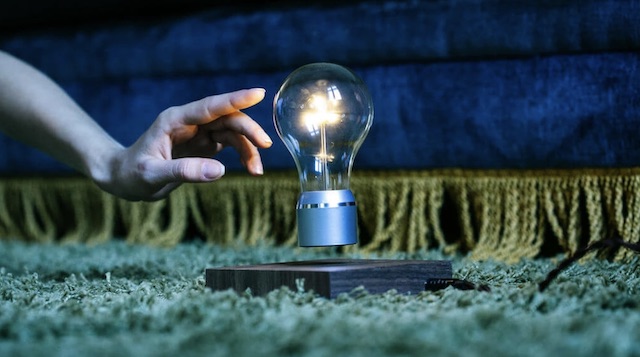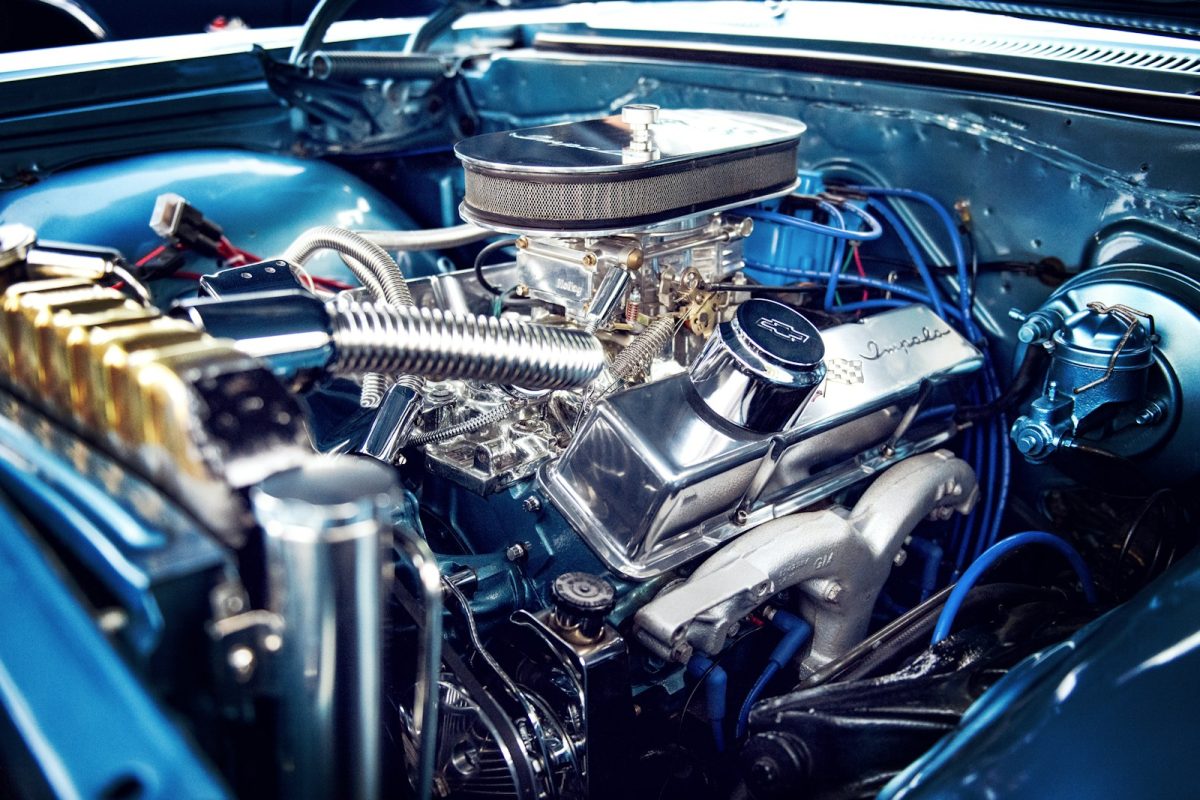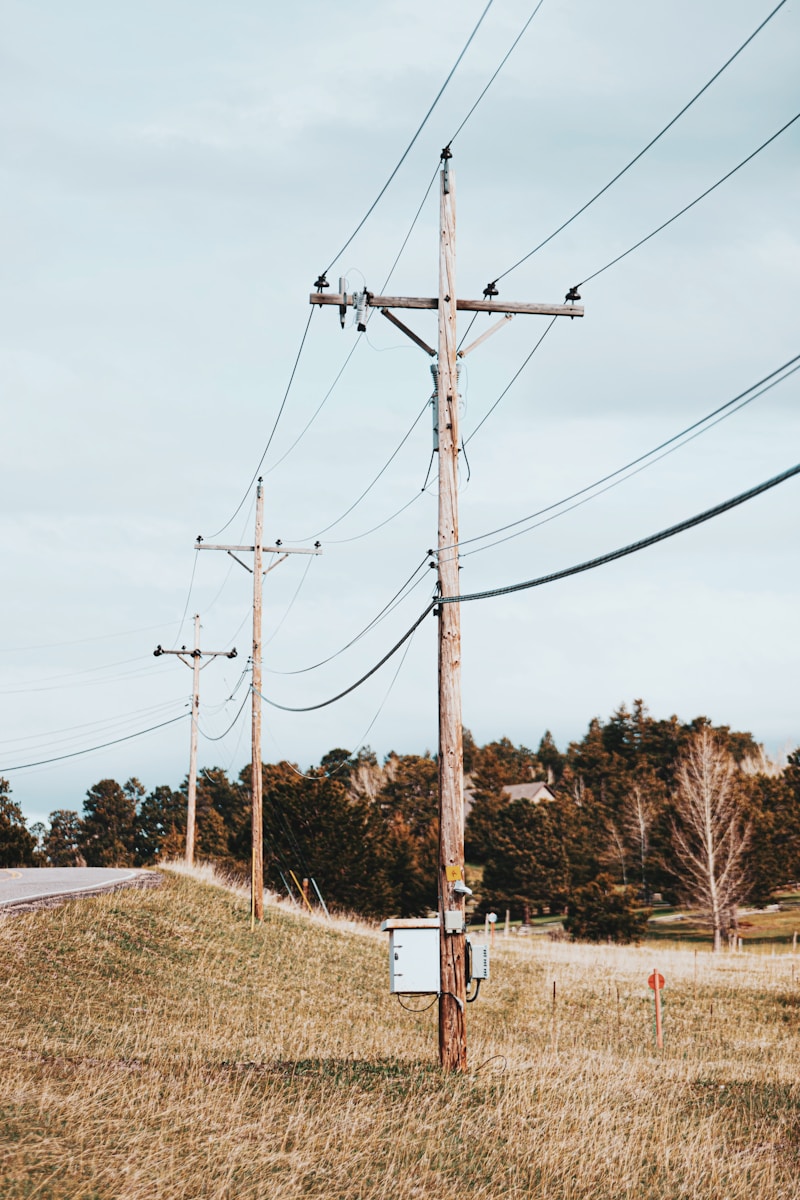Circuits are all around us. You walk into a room, you turn on a light, that’s a circuit. You turn on the oven, that is a circuit. You turn on the fan, again, it’s a circuit. Circuits are a part of everyday life! But what are they, and how do they work? The most common circuit is a lightbulb, so I will explain it in terms of that kind of circuit.
In simple terms, a circuit is a complete path in which electricity flows. A circuit has three main parts. An energy source, an energy receiver, and an energy pathway. The energy source would be the battery, the energy receiver would be the light bulb, and the pathway would be the wires. Circuits can also have a switch, so you can turn it on and off when needed, however, not all circuits have one. When it is ‘on’, the path of the circuit is ‘complete’, meaning that there is a flow of energy. When the switch is off, the circuit is ‘incomplete’, meaning that there is no flow of energy.
There are two common types of circuits, series and parallel. Series circuits are when all of the parts of a circuit are part of a singular pathway of energy. The current would be the same throughout the entire circuit. If a battery in a series circuit broke, then the entire circuit wouldn’t work. However, parallel circuits are a different story. Parallel circuits are when there are multiple paths for current to flow. In this case, if a battery would not work in a parallel circuit, then one part of the parallel circuit would not work, but another part would.
The question that arises is, ‘can I make one at home?’ You can make some simple circuits at home, (with parental supervision). A link to make one of these is linked below! However, there are simulators to model how to make a circuit. One of these simulators is PHET simulations (linked below). This way, you, too, can enjoy the en-light-ening world of circuits and test different ways to build them!
Related Stories:
https://science.howstuffworks.com/environmental/energy/circuit.htm
https://byjus.com/question-answer/how-does-the-electric-current-flow-in-a-circuit/
Take Action:






